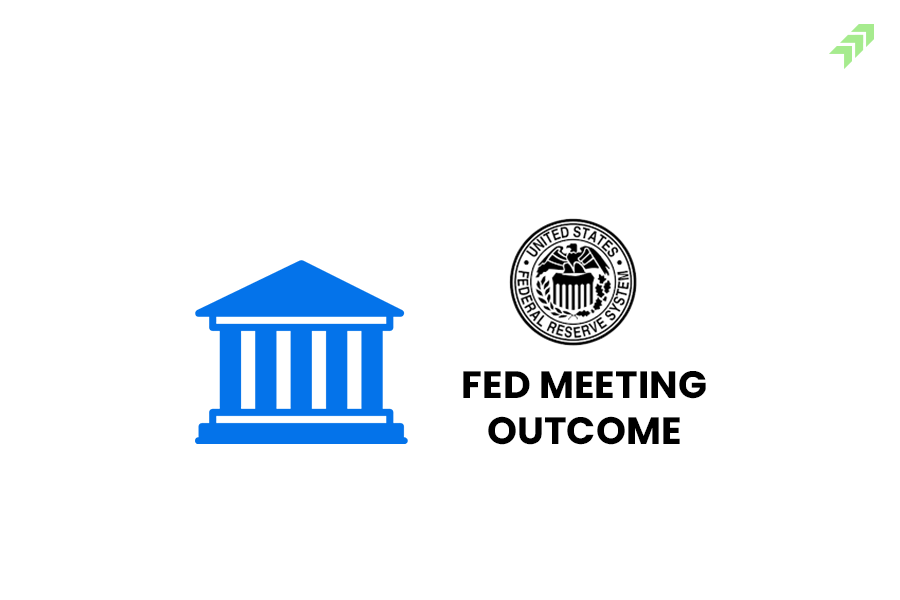The Federal Open Market Committee (FOMC) kept rates unchanged for a sixth straight meeting, with Federal Reserve Chair Jerome Powell signaling that rate cuts are unlikely to occur soon as underlying fundamentals remain strong. FOMC members are feeling handcuffed by stubbornly high inflation, preventing them from providing the widely anticipated monetary accommodation. Powell said it will take longer than expected to return inflation to the Fed’s 2% goal, thereby ruling out a rate cut in the near term.
The crux points that can be derived from the recent FOMC meeting are first is that Powell clarified his intentions regarding the unlikely possibility of a rate hike, and the second is that he slowed the roll off of Treasury securities holdings.
For market, Powell toned more dovish than expected because the atmosphere was being made for a rate hike due to inflation factor. Powell, hammering on rate hikes, said it is unlikely that the Fed’s next move will be a hike, but at the same time, it will be data-dependent and will not pre-commit to rate cuts.
Federal Reserve Chair Jerome Powell downplayed the possibility that the Fed could raise rates again, given his expectation that inflation will continue to slow gradually. Powell said more time is needed for high interest rates to slow inflation enough to warrant rate cuts. He cited robust economic growth, a strong labor market, and still-elevated inflation as evidence that the effects of high interest rates have yet to be fully felt. Powell believes that interest rates are high enough to slow the economy and reduce the rate of inflation.
Powell brought up the issue of data dependency and sketched out potential scenarios for rates in the coming months.
- They would cut if the data gave greater confidence to FOMC members that inflation is moving down sustainably to 2%.
- If hiring remained strong while “inflation is moving sideways,” then it would be appropriate to hold off on rate cuts.
- If inflation continued to cool or if unemployment rose unexpectedly, the Fed would likely be able to reduce its benchmark rate.
The Fed announced it will ease its pace of quantitative tightening, which could loosen financial conditions by boosting liquidity in financial markets. This decision to lower the cap is positive for the market because it will reduce the quantity of debt sold to the public relative to what would otherwise be necessary. In the unveiled plan, the Fed stated that it will lower the monthly cap on how much Treasuries it will allow to mature without being reinvested to $25 billion from $60 billion, while keeping the cap for mortgage-backed securities unchanged at $35 billion.
After the recent GDP and Fed-monitored PCE inflation data, there were rumors of stagflation in the economy. The Fed chief dismissed talk about stagflation, stating that the economy is much different now than back then, with 3% growth and inflation at 3%.
Others questioned the potential impact of the upcoming presidential election on the Fed’s monetary policy decisions. Powell insisted that neither he nor the other members of the FOMC take elections into consideration, and he defied anyone to find evidence that they ever had.

















